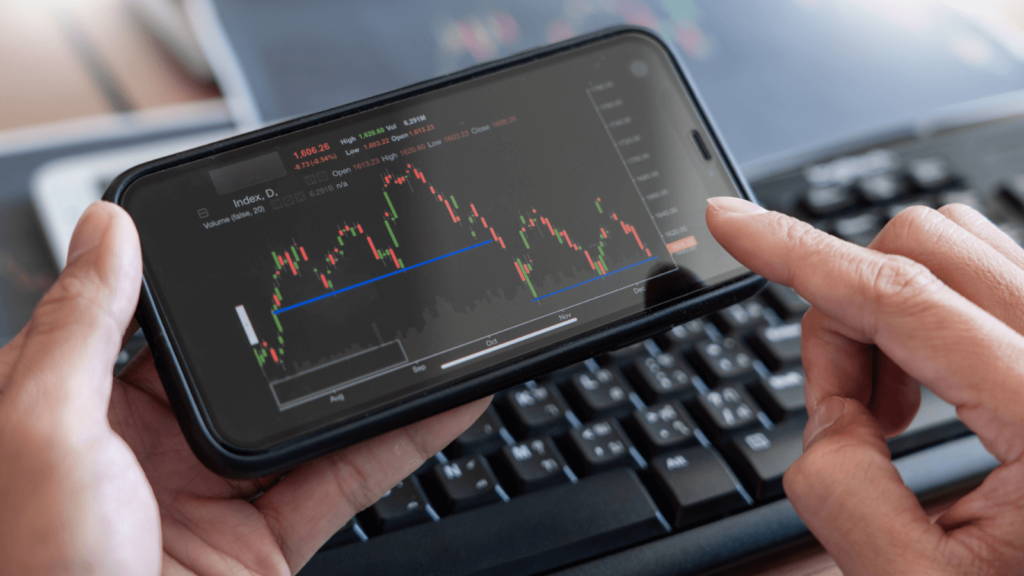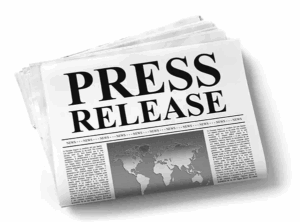
Credit: commercegate.com
The Brazilian economy, rich in agricultural and mineral resources, plays a pivotal role in the global commodities market. Brazil’s exports, including iron ore, coffee, and soybeans, significantly impact the Real’s value. Changes in global commodity prices can cause fluctuations in the BRL, making it crucial for traders to monitor these markets closely. For instance, a spike in coffee prices due to a poor harvest season in Brazil can lead to an increase in the Real’s value, while a decline in global demand for iron ore might have the opposite effect. Understanding these dynamics is essential for anyone looking to engage in forex trading with the Brazilian Real.
Monetary policy is another critical factor influencing the BRL. The Central Bank of Brazil, through its interest rate policies, exerts a substantial impact on the currency’s value. Higher interest rates typically attract foreign investment, leading to an appreciation of the Real, while lower rates can result in capital outflows and a depreciation of the currency. For example, if Brazil’s central bank raises interest rates to combat inflation, it could attract foreign investors seeking higher returns, thereby strengthening the Real. Conversely, if the bank lowers rates to stimulate economic growth, it might lead to a depreciation of the Real as investors seek better returns elsewhere. Keeping a close eye on the Central Bank’s policies and announcements is vital for forex traders.
Political stability and economic reforms also play significant roles in the value of the BRL. Brazil’s political landscape has been marked by periods of instability, which can influence investor sentiment and, consequently, the currency market. Changes in leadership, policy shifts, and election outcomes can all affect the Real’s value. For instance, a new government promising economic reforms could boost investor confidence and strengthen the Real, while political scandals or unrest might lead to a depreciation. Forex traders need to stay informed about Brazil’s political climate and its potential impacts on the currency market.
The global economic environment is another factor that cannot be ignored. Brazil’s economy, like many others, is influenced by global economic trends. Events such as changes in oil prices or economic downturns in major trading partners can affect the demand for the BRL. For example, a recession in the United States, one of Brazil’s major trading partners, could reduce demand for Brazilian exports, leading to a weaker Real. Conversely, a booming global economy might increase demand for commodities like soybeans and iron ore, boosting the Real’s value. Understanding these global dynamics and their interplay with Brazil’s economy is essential for making informed forex trading decisions.
The rise of technology has revolutionized the forex market, making it more accessible to beginners. Online trading platforms now offer real-time data and advanced analytical tools, empowering new traders to make informed decisions. These platforms often provide educational resources, helping beginners understand the complexities of the forex market and the specific dynamics of the Brazilian Real. For example, a beginner trader can use these tools to track real-time changes in commodity prices or monitor interest rate announcements from the Central Bank of Brazil, gaining insights that were previously available only to professional traders.
Engaging with Brazil’s currency market offers a multifaceted experience. The Real’s movement is influenced by a combination of domestic factors, global trends, and technological advancements. New traders should focus on learning these dynamics, staying updated with current events, and leveraging the available technological tools to enhance their trading strategies. Forex trading, especially with a focus on the Brazilian Real, requires a willingness to delve into various influencing factors and adapt to the ever-changing market conditions.
The journey into trading with the Brazilian Real can be both challenging and rewarding. For those willing to invest the time and effort, understanding the intricate dance of Brazil’s currency can lead to a deeper appreciation of the global forex market and the potential for successful trading outcomes. Embracing this journey with an open mind and a readiness to learn can transform the complexities of the Brazilian Real into a fascinating and potentially profitable endeavor.




